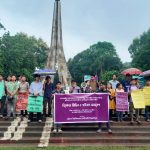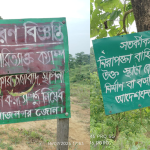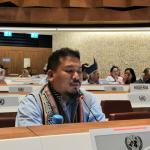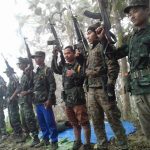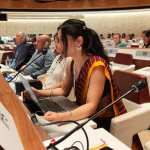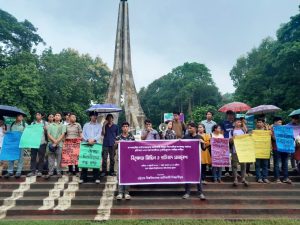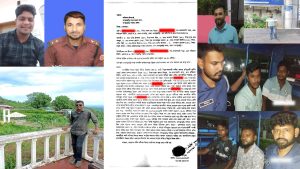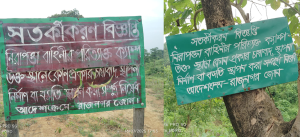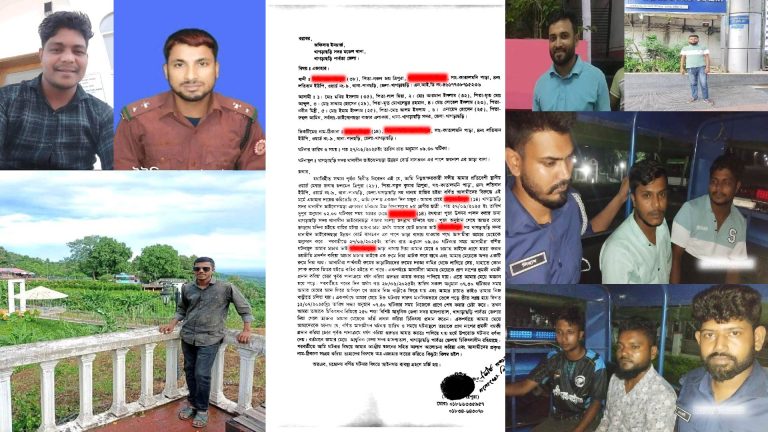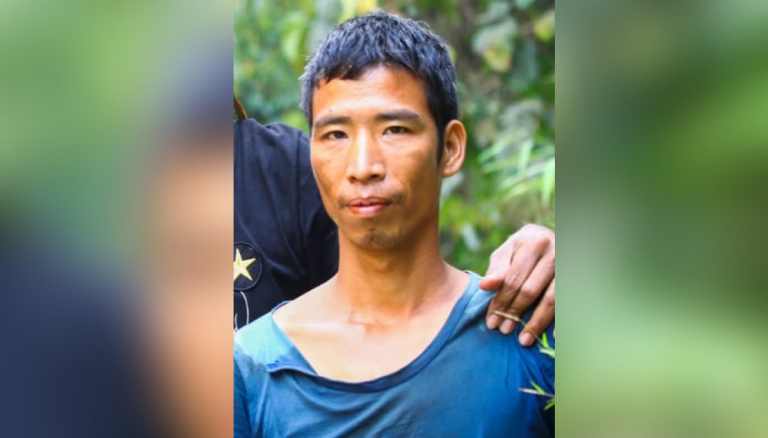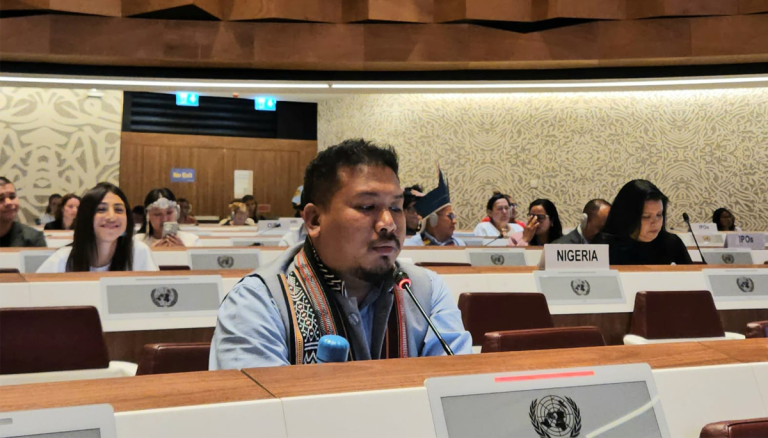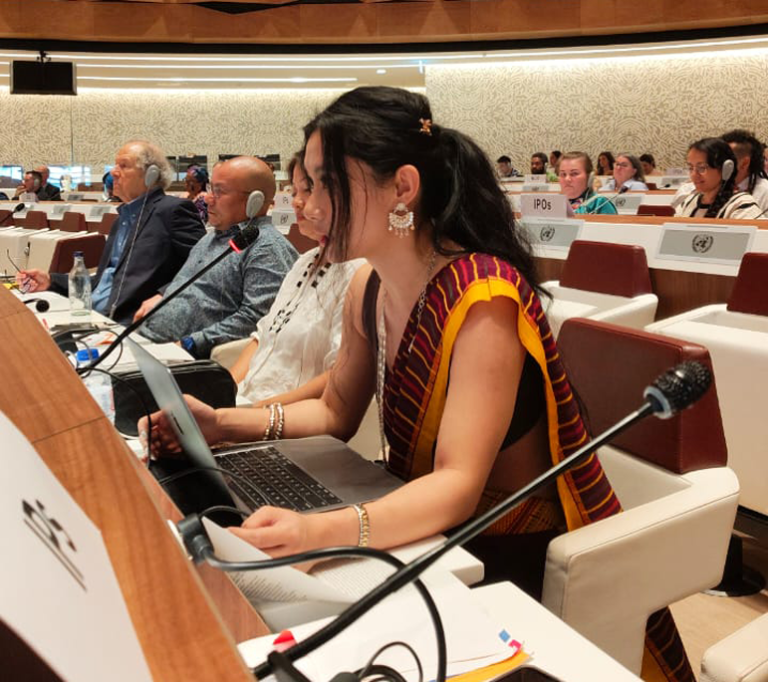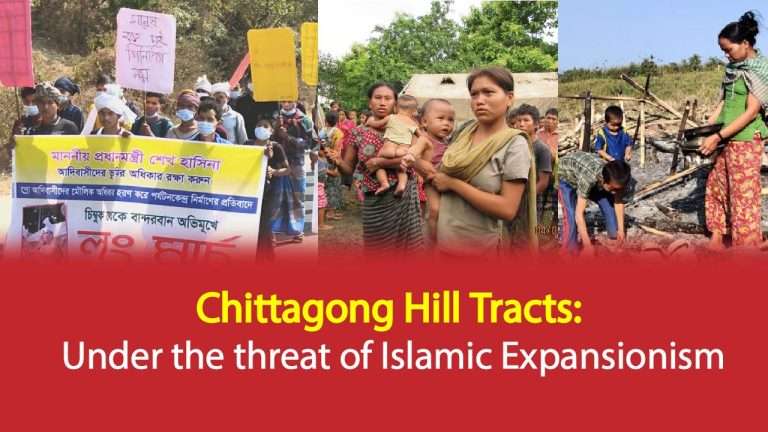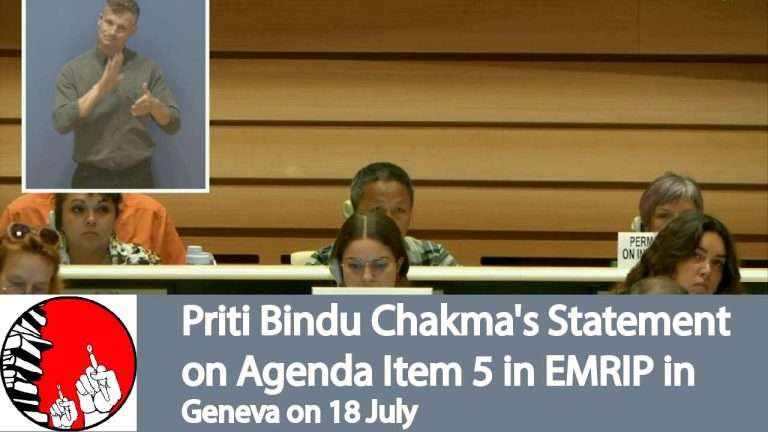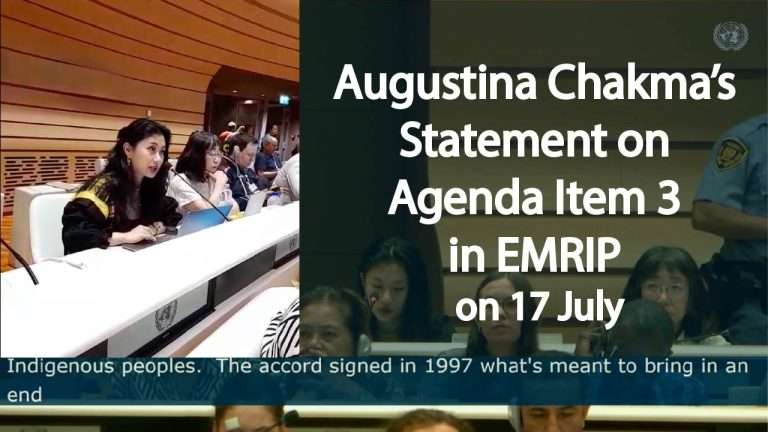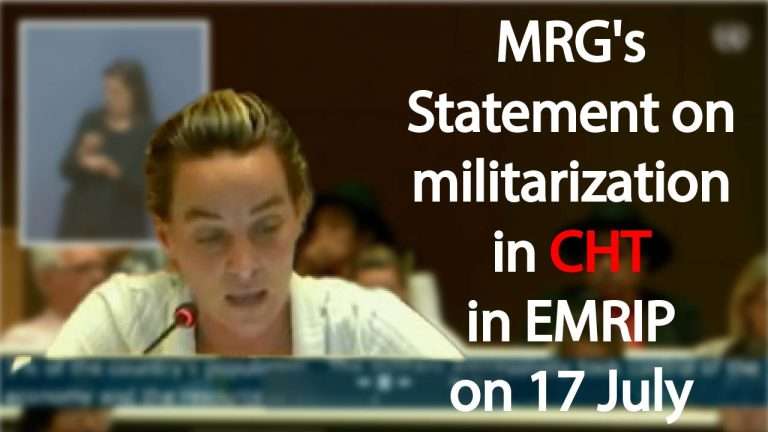Tridib Santapa Kundu
The partition of the Indian sub-continent is one of the most crucial events in the contemporary history of South Asia. The people of Punjab and Bengal were undoubtedly the greatest victims of the partition. It is interesting that the fate of the Chakmas and other minor tribes of Chittagong Hill Tracts (hence forth CHT) were linked up with the process of the partition of Bengal. The CHT was an excluded area and the inhabitants were neither Hindus nor Muslims, but practitioner of Buddhism and animism. It is one of the greatest fallacies of partition that the CHT with a 97% non-Muslim population was included in Pakistan. The present paper is an attempt to understand the very process as well as the impact of the partition on the Chakmas and other tribes of the CHT.
The 3rd June Plan provided the basic guidelines of the partition scheme of the sub-continent and the 1941 Census was accepted as the baseline. The Muslim majority areas were to be included in Pakistan and the Hindu majority areas in India. By this logic, the CHT with a 97% non-Muslim population would have been included in India. The Chakma leaders went to New Delhi prior to Independence and received assurance from the Indian National Congress leaders that the CHT would be included in India.
According to the Plan, the Bengal Legislative Assembly was divided into two parts and they met separately on 20 June 1947 to decide the question of partition. The majority of representatives of the Hindu majority districts voted in favour of the partition of Bengal, while those of the Muslim majority districts voted against it. On the basis of this vote, it was taken that the will of partition had been sufficiently established. It is interesting to note here that the hill people had no representative in the Bengal Legislative Assembly and thus they had no voice in the deliberation of 20 June 1947 which decided the question of the partition of Bengal.
The Muslim League placed a strong demand over the CHT before the Boundary Commission. In their opinion: The CHT form an economic and geographical unit with the Chittagong district, and its separation would hamper the interest of the both. The inclusion of the CHT is essential for the proper maintenance of the port Chittagong. The channels of communication of CHT with the outside world are through the Chittagong district. The CHT is a deficit district and dependent on Chittagong for food supply. As Chittagong has no coal, a hydro-electric project at the falls of river Karnaphuli is necessary for the power supply of the whole region
On the other hand, the non-Muslim members of the Boundary Commission raised some fundamental questions on the jurisdiction of the Bengal Boundary Commission regarding this excluded area and demanded the inclusion of the CHT in the Indian Union. The case of the CHT was undoubtedly one of the complicated issues faced by Sir Cyril Radcliffe. “To which State should the Chittagong Hill Tracts be assigned, an area in which the Muslim population was only 3 per cent of the whole, but which it was difficult to assign to a State different from that which controlled the district of Chittagong itself?” Whatever it may be the CHT was included to East Pakistan. It seems that as Calcutta was given to West Bengal, the only alternative port left for East Bengal was Chittagong; the CHT was treated as the hinterland of the port city of Chittagong. Moreover, as Pakistan got a poor share in the partition of Punjab and did not get Calcutta, Radcliffe had tried to compensate it by giving CHT and Chittagong to Pakistan. However, the verdict of the Commission violated the basic logic of partition and ignored the right to self-determination of the tribes of the CHT.
As the Chakma leaders were quite confident about the inclusion of CHT in India, on 15 August, they hoisted Indian flag in Rangamati in appreciation. The report of the Boundary Commission was ready but not brought into public by the British Government. It was published on 17 August. The Chakmas and other tribes of the CHT were totally shattered to see them in the wrong side. The Chakma leaders rushed to New Delhi and the Indian leaders advised them to prepare the ground for an Indian intervention by stirring up a rebellion. A chain of protest demonstrations followed and Indian flags remained at the top of all official buildings at Rangamati until Pakistani soldiers pulled them down on 21 August. S K Chakma and his followers fled to India to avoid capture. For next two years, he tried to convince the Indian leaders for a military intervention there. “Though Patel was enthusiastic, Nehru was shaky, unwilling to do any thing that might justify the Pakistani inspired effort to take over Kashmir”
The outcome was fatal to the Chakmas. It seems that the hoisting of the Indian flag and the protest movement that followed after the publication of the Radcliffe Award were taken by the East Pakistan Government very seriously and the Government was convinced that the Chakmas were pro-Indian and not loyal to Pakistan. Hence, the hill peoples journey to a new phase of history started with confusion, distrust and misunderstanding. The East Pakistan Government was determined to integrate the tribes of the CHT with East Pakistan, even by force if required. The tribes of the CHT feared that Pakistan had the goal of making the CHT a Muslim majority area. However, in spite of being a Muslim State, Pakistan was not a homogeneous State. It had tribal areas along the border with Afghanistan and in the northern mountains and their autonomy was formally recognized.
In contrast, the East Pakistan Govt. was determined to end the autonomous status so far enjoyed by the hill people since 1860, the very beginning of their contact with the East India Company. In 1860 by Act XXII, the Hill Tracts were separated from Chittagong and placed under the control of an officer with the title of Superintendent of Hill Tribes. Seven years later, in 1867, the title changed to Deputy Commissioner of the Hill Tracts. The internal govt. of the area was in the hands of the three hill chiefs, Chakma, Mong and Bohmong, who were independent to each other. The British govt. enacted the CHT Frontier Police Regulations in 1881 and authorized the formation of a police force among the hill people. Finally, in 1900 the government enacted the Chittagong Hill Tracts Regulations which formally recognized the autonomy of the area.
Immediately after the inclusion of the CHT with East Pakistan, the CHT Frontier Police Regulation of 1881 was repealed and the hill peoples’ police force ended. In 1964, through a constitutional amendment, the special status of the CHT as a tribal area came to an end. However, some special treatment of the CHT in fact, continued. From 1960s onward, the EP Government adopted a policy of planned settlement of the Muslim landless plain-landers in CHT which aimed at to change the demographic scenario of the area. This policy continued even after the emergence of Bangladesh in 1971.
In the meantime, in 1964, a hydro-electric project was undertaken at the falls of river Karnaphuli. It created a huge lake in the centre of the CHT and submerged over 20,000 hectares of cultivable land and displaced over 100,000 tribes. The Kaptai project ruined the backbone of the tribal economy and drastically reduced the tribal population. All these developments combined together created an atmosphere of hatred and distrust in the CHT that ultimately resulted in the emergence of insurgency movement there. In 1972, the Jana Samhati Samity, the hill people’s political party was formed along with its armed wing, the Shanti Bahini. The Shanti Bahini became very much active after the assassination of Sheikh Mujib in 1975. The Shanti Bahini launched recurrent attacks on the Bengali settlers and to protect the settlers, the police and the military came in increased number in the region. The large-scale human rights violation became a part of the life of the Chakmas and other tribes of the CHT. Driven by the circumstance, they crossed the international border and took refuge in the North Eastern states of India, particularly in Tripura and Mizoram.
Hence the partition of Bengal in 1947 played a very crucial role in shaping the future of the Chakmas and other hill tribes of the CHT. As the CHT was an excluded area, it was actually beyond the jurisdiction of the Bengal Boundary Commission headed by Sir Cyril Radcliffe. The hill people had no representative in the Bengal Legislative Assembly and thus they had no voice in the deliberation of 20 June which decided the question of the partition of Bengal. There is nothing in the 3rd June Plan by which an excluded area could be assigned to any part of Bengal either East or West. However, the CHT was given to East Pakistan ignoring the basic logic of partition. It also ignored the right to self-determination of the tribes of the CHT. The partition thus sealed the fate of the Chakmas and other hill tribes of the CHT. They were displaced in a large scale from their ancestral land and were forced to live a life of the refugees in different parts of the sub-continent. This is the legacy of the partition on the CHT.
Tridib Santapa Kundu: An Associate Professor of History, Banwarilal Bhalotia College located at Asansol, West Bengal, India. He has been doing research on the Partition of Bengal (1947) and social and cultural history of Contemporary West Bengal for last few years.
